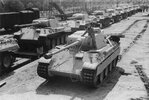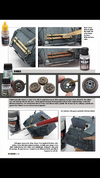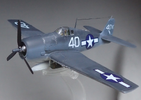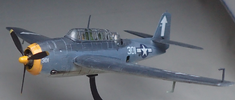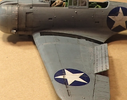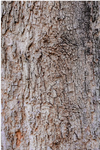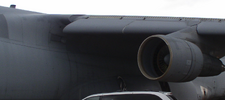I think people underestimate the amount of weathering that can show on things, but there is a fine line
At least as far as aircraft go, fading, splotchy, patchy paint is the most common. I remember reading somewhere from one of the people who actually painted the real things that whenever a part had to be serviced, that part got a fresh paint coat which over time resulted in a patchwork look of the F-14 for example.
While there may not be rust, other things like grime, dirt and oil staining can build up quickly depending on a number of factors
Also I am sure during WWII a lot of stuff was painted quickly, with paint they may not been so durable
for example, this SBD shows exhaust staining, odd colored lower cowling panel that had most likely been replaced and painted with a fresh coat while the others had already faded, chipping along seams or flaps
These had been through months at sea most likely on a carrier suffering from fading/dulling/bleaching of the paint
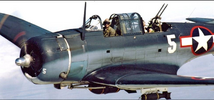
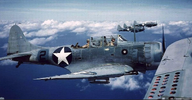
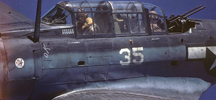
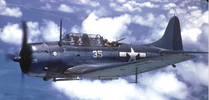
Now compare that to a well maintained, modern restored one that probably has much better glossy quality paint
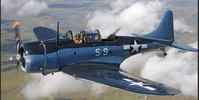
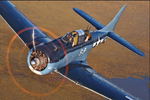
and this helldiver had most likely been out at sea for a while on a carrier and you can see the chipping of the stencils, faded paint, some repainted parts, and general wear
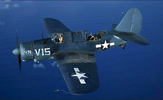
compare that to what seems like a trainer on a base somewhere that looks new
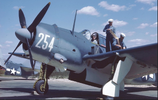
Moving on to modern jets, you see examples like this of things that have been deployed for some time. They look much more weathered than the one at stateside airshows or bases
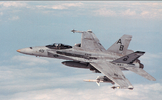
or compare those to the more "show piece" CAG type birds that are most likely given better care

But even then you can see dirty spots, or worn spots

